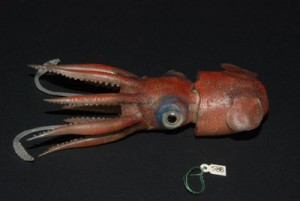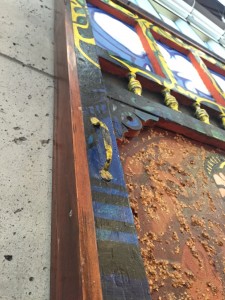Eat colorful foods. Avoid sugar. Drink water. Avoid process foods. Skip dessert. Count your carbs.
It’s harder said than done. On the average day, I could say I’m one of the healthier people on campus. The majority of my meal is vegetables and fruits ..Rice and beans if they look good. Occasionally I’ll have a piece of bread or pasta. If I have anything other than water, I’ll dilute it. Never sugar with my tea or coffee. I never snack on super processed foods.
But it’s the not so occasional cookie or scoop of ice cream that will get me.
After attending a talk presented by researchers at the Food & Brand Lab, I realized why. I grew up in a very strict vegetarian household. I’ve never eaten meat, nor do I feel like I should. It helps me lead a very healthy lifestyle because all of my food is colorful and has a high amount of unprocessed carbs, proteins, vitamins and minerals. I rarely eat anything deep fried. The researchers mentioned that as humans, we make hundreds of decisions a day. We make so many decisions, that when it comes to food, we associate it with comfort, and we don’t classify what we eat as an important decision as long as it tastes good and makes us feel content. Since I’ve grown up limiting my food groups, I’ve never had very unhealthy food choices in my choice pool.
However, when it comes to deserts, they are always placed in the front. And you think, well, one cookie wont hurt.
And then comes finals, when you go to the market and buy a bunch of snacks so that you have a constant stream of incoming comfort. Doesn’t matter what it is, doesn’t matter if you are full. This is because research shows that human beings are not a very good judge on how much they are eating, or how full they are.
In fact, here’s another take on the obesity problem in the United States. Studies show that the most common phrase spoken in America at the dining table is “clean your plate”. In America, we also happen to have very large plates. Thus, in one sitting we tend to eat a lot more than the average human in a different country. We learn to associate fullness with a clean plate. So we eat until our plate is clean.
So, here’s some helpful tips.
1. Grab a smaller plate.
2. Hide the junk food away.
3. Pre-package your snacks in boxes worth one or two servings.
And slowly you will be able to make eating a more conscious set of decisions in your life.



